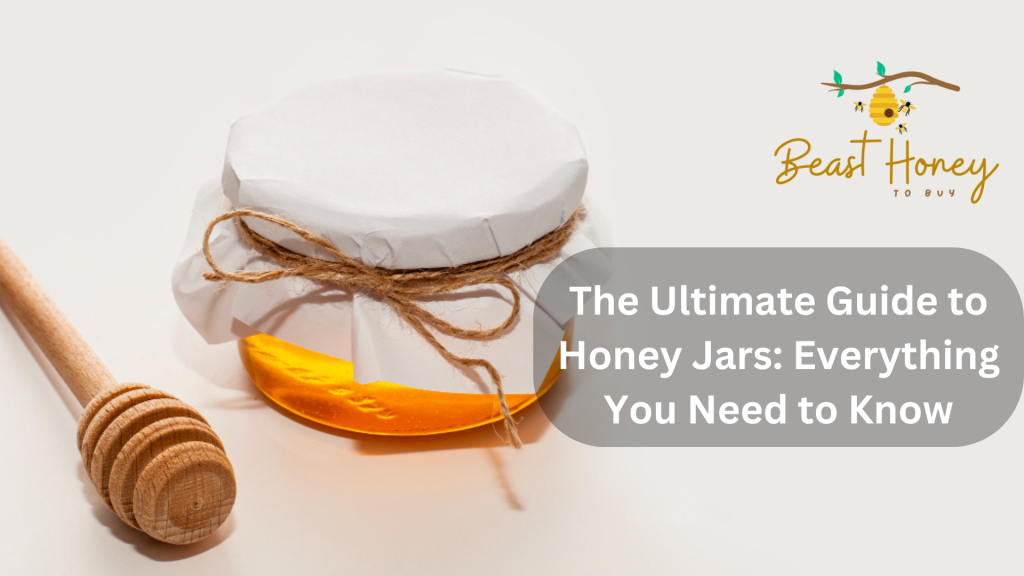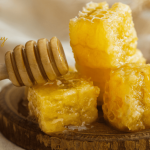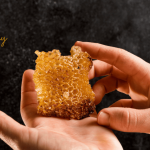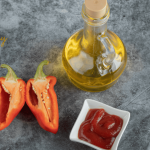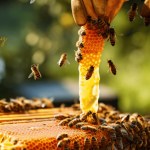Honey is one of the most loved and versatile foods in the world. It’s not just delicious but also packed with health benefits. Because of its popularity, almost every household has a jar of honey. But storing honey properly is crucial to maintaining its quality, taste, and shelf life.
Whether you’re storing honey for personal use or selling it, choosing the right container is key. In this detailed guide, we’ll answer the most common questions about honey jars and containers. Let’s dive in!
Why Are Honey Jars So Important?
Honey is a natural product that can last for years if stored correctly. The right container not only keeps honey fresh but also protects its flavor and quality.
Using the wrong container can lead to contamination, spoilage, or loss of taste. That’s why choosing the perfect jar for honey is essential.
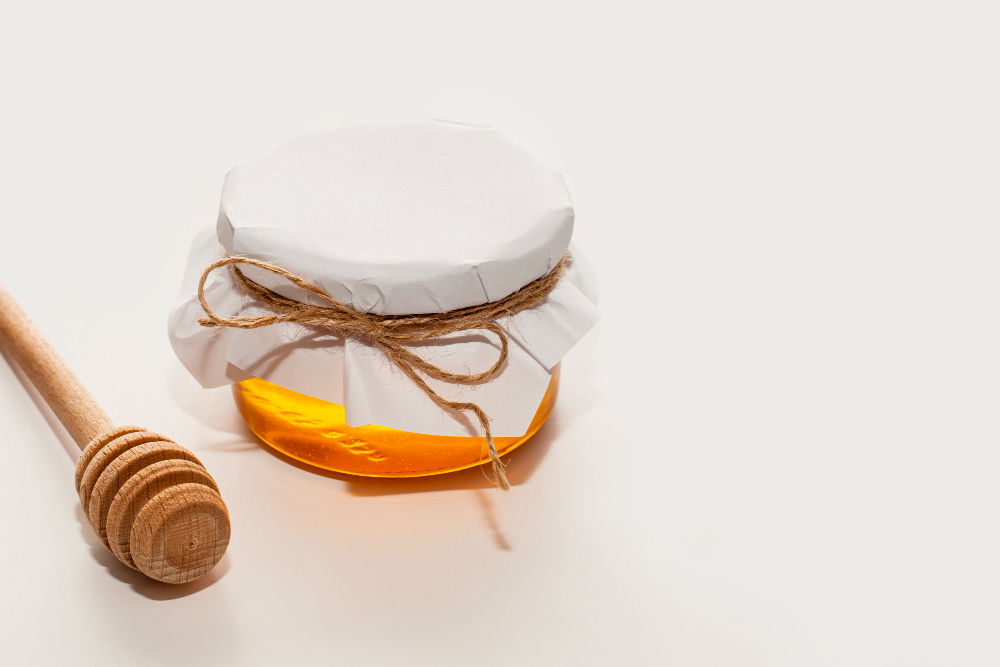
1. What Are the Best Containers for Storing Honey?
The best containers for honey are glass jars with airtight lids. Here’s why
- Glass is non-reactive, meaning it won’t leach chemicals into the honey.
- It preserves the natural flavor and quality of honey.
- Glass jars are visually appealing, allowing the beautiful amber color of honey to shine through.
- They are eco-friendly and can be recycled or upcycled endlessly.
Plastic containers are not ideal because some plastics can leach chemicals, especially when exposed to heat or sunlight. This can affect the taste and quality of honey.
2. Do Honey Jars Really Keep Honey Fresh?
Yes, honey jars are designed to keep honey fresh. When you use glass jars with airtight lids, they create a sealed environment that protects honey from moisture, air, and contaminants. This helps maintain the taste, texture, and quality of honey for a long time.
To maximize freshness, store honey in a cool, dry place away from direct sunlight. Avoid storing it in humid areas like the refrigerator, as moisture can cause honey to crystallize.
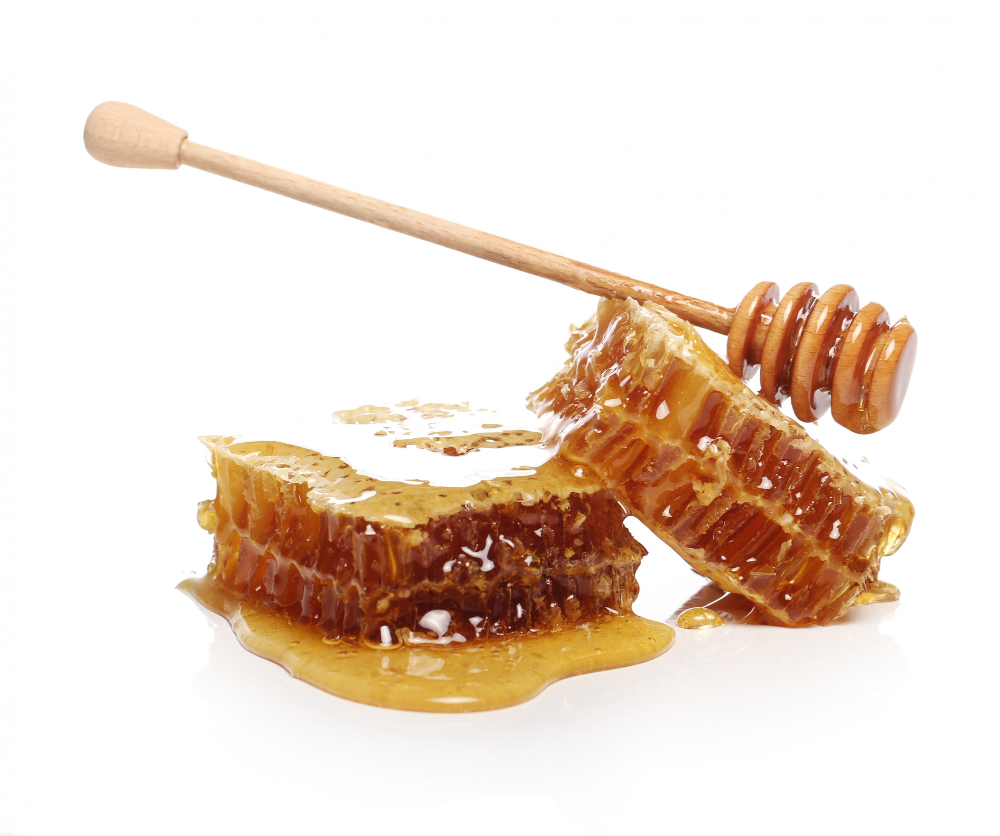
3. What Size Jars Are Best for Selling Honey?
Honey jars come in various sizes, and the best size for selling honey depends on your target market. Here are some common sizes
- 250 ml: Perfect for small quantities or gift-sized jars.
- 500 ml: A popular choice for everyday use.
- 1000 ml (1 liter): Ideal for bulk buyers or frequent users.
Mini honey jars are also great for special occasions like weddings, parties, or as gifts. Before choosing a size, conduct market research to understand what your customers prefer.
4. Is Honey Better Stored in Glass or Plastic Jars?
Honey is better stored in glass jars than plastic. Here’s why.
- Glass is nonporous and doesn’t absorb odors or flavors.
- It’s BPA-free, meaning it won’t leach harmful chemicals into the honey.
- Glass preserves the natural taste and quality of honey for a longer time.
While plastic jars are cheaper and lightweight, they may not be the best choice for long-term storage. Some plastics can react with honey, especially if exposed to heat or sunlight, altering its flavor.
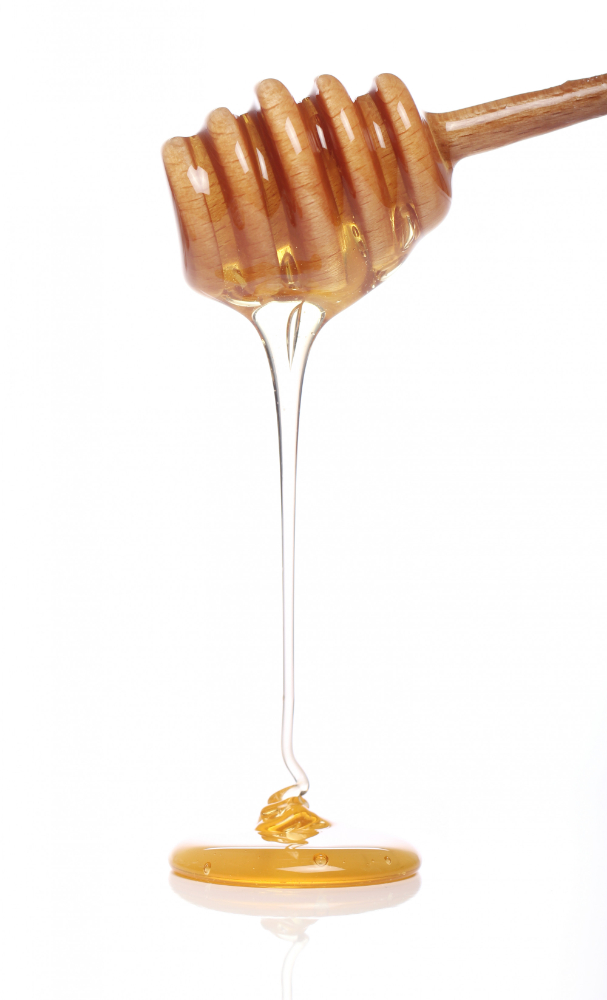
5. What Makes a Good Honey Jar?
A good honey jar should have the following qualities.
- High-quality material: Glass is the best option.
- BPA-free: Ensure the jar doesn’t leach harmful chemicals.
- Airtight lid: Prevents leakage and contamination.
- Visually appealing: Attractive design to showcase the honey.
When choosing a jar, prioritize functionality and aesthetics. A well-designed jar not only protects honey but also enhances its presentation, especially if you’re selling it.
6. How Can You Tell if Honey Is Pure in a Bottle?
Pure honey has distinct characteristics that set it apart from adulterated honey. Here’s how to check:
Thumb test: Drop a small amount of honey on your thumb. If it sticks and doesn’t run off, it’s pure. If it spreads or drips, it may contain added water or other substances.
Appearance: Pure honey is cloudy and not transparent. It has a natural, flowery aroma. If the honey looks shiny or smells like sugar syrup, it’s likely not pure.
Always buy honey from trusted sources to ensure its purity.
7. Does Honey Go Bad in Plastic Containers?
Honey doesn’t necessarily go bad in plastic containers, but it may lose its flavor over time. Some plastic containers are not BPA-free, which means they can leach chemicals into the honey. This can alter the taste and quality of the honey.
For the best results, store honey in glass jars with airtight lids. Glass is non-reactive and ensures that honey stays fresh and flavorful for years.
8. Where Can I Find Honey Jars for Sale?
If you’re looking for high-quality honey jars, check out Southern Jar Company. They offer a wide range of glass jars in various sizes and designs. Whether you need jars for personal use or wholesale for your business, they have budget-friendly options to suit your needs.
9. How Long Does Honey Last in a Glass Container?
When stored properly in a glass jar with an airtight lid, honey can last for years. Honey has a low moisture content and high sugar concentration, which makes it naturally resistant to bacteria and spoilage.
To extend its shelf life, store honey in a cool, dry place away from direct sunlight. Avoid introducing moisture into the jar, as this can cause crystallization.
10. Can Bacteria Grow in Honey?
Honey is naturally antibacterial due to its high sugar content and low moisture levels. This makes it difficult for bacteria to grow. However, if honey is contaminated with water or other substances, it can spoil.
To prevent bacterial growth, always store honey in glass jars with airtight lids. Keep the jar clean and dry, and avoid using wet spoons to scoop honey.
Final Thoughts
Choosing the right jar for honey is essential to preserve its quality, taste, and shelf life. Glass jars with airtight lids are the best option because they are non-reactive, eco-friendly, and visually appealing.
Whether you’re storing honey for personal use or selling it, investing in high-quality containers will ensure that your honey stays fresh and delicious for years to come.
If you’re looking for honey jars, explore the collection at Southern Jar Company. They offer a variety of sizes and designs to meet your needs. Happy honey storing!

